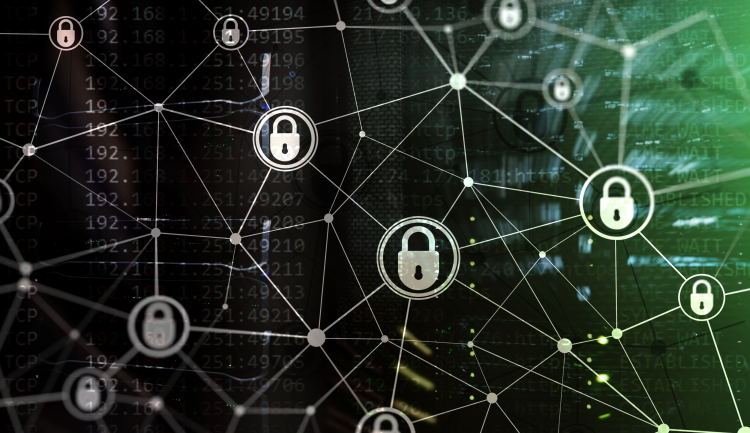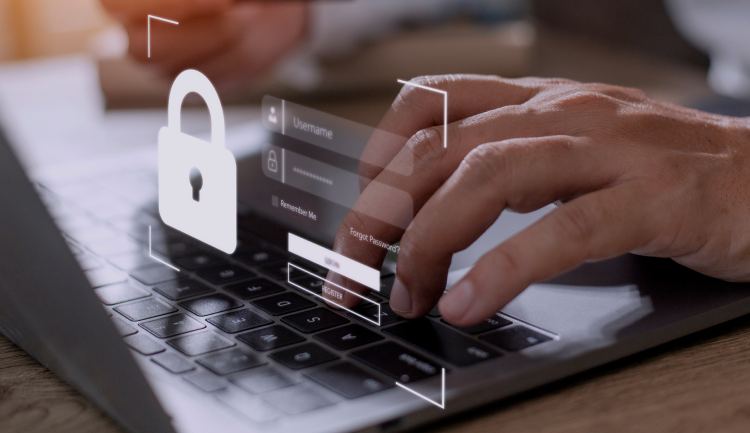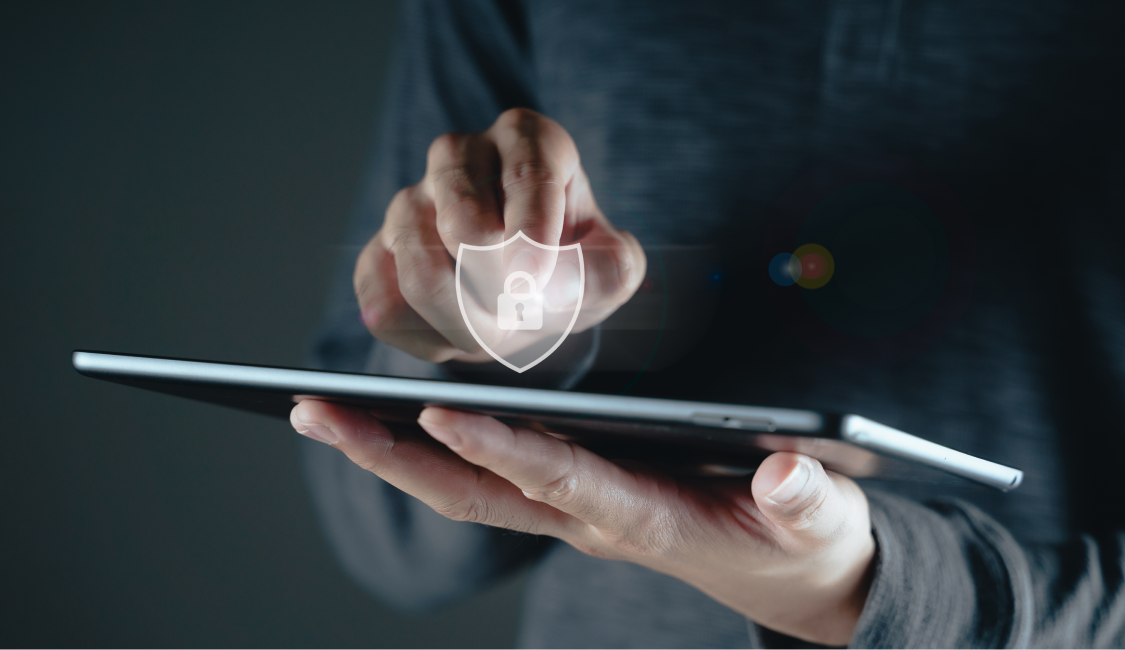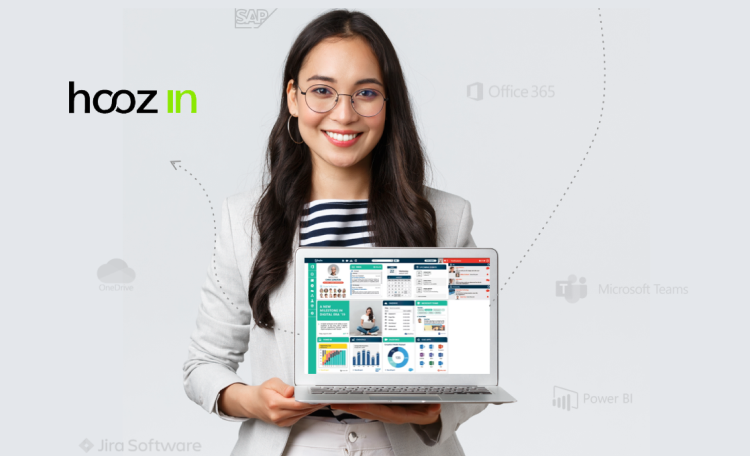
Securing user access to digital systems is crucial in today’s world. It is not just a priority but a necessity. Whether it is managing an online platform, business applications, or databases, protecting user access ensures the confidentiality and integrity of sensitive information. In this blog, Hoozin will cover fundamental principles, best practices, and cutting-edge technologies, and serves as a roadmap for implementing secure user access.
Understanding the Importance of Secure User Access
1. User Authentication Basics
The foundation of secure user access lies in robust authentication mechanisms. Multi-Factor Authentication (MFA) is essential, combining various factors such as passwords, biometrics, and one-time codes. Encourage users to adopt complex, unique passwords, and stress the importance of regular updates for heightened security.
Authentication is the gateway to a secure system. The implementation of strong, multi-factor authentication mechanisms ensures that only authorized individuals gain access. Passwords alone are no longer sufficient, and the inclusion of biometrics and one-time codes adds an extra layer of protection. Emphasizing the importance of unique and complex passwords, along with regular updates, serves as a fundamental step in bolstering security.
2. Authorization Protocols
Authorization, determining the actions users are permitted post-authentication, is crucial. Implementing Role-Based Access Control (RBAC) ensures specific roles and permissions are assigned based on responsibilities, granting necessary access without unnecessary privileges.
Once a user is authenticated, the next line of defense is authorization. Role-Based Access Control (RBAC) is a powerful tool, ensuring that individuals have access to only the resources and data necessary for their roles. This approach not only enhances security but also streamlines management by providing a structured and organized access control system. Hoozin creates role-based workflow and defines the roles depending on the Customer use case.
3. Encryption Standards
Ensuring data in transit is secure involves employing robust encryption protocols, such as HTTPS. Additionally, implementing encryption for sensitive data at rest prevents unauthorized access, even in the event of data compromise.
Encryption is the cornerstone of data security. Protecting data both in transit and at rest is crucial. Robust encryption protocols, like HTTPS, secure data during transmission. Furthermore, encrypting sensitive data at rest ensures that even if unauthorized access occurs, the data remains indecipherable, adding an extra layer of protection.
4. SSL Certificates
SSL certificates play a pivotal role in establishing secure connections. Beyond encrypting data, these certificates reassure users of a legitimate and secure platform. Regular updates and renewals are essential to stay ahead of potential vulnerabilities.
The use of SSL certificates is integral to building trust between users and systems. By encrypting data during transit, SSL certificates not only secure the communication channel but also assure users of the platform’s legitimacy. Regular updates and renewals are imperative to address evolving security concerns and potential vulnerabilities associated with outdated certificates.
5. Session Management
Secure session management is imperative to prevent unauthorized access. Utilizing secure, random session IDs, setting session timeouts, and regenerating session IDs upon login mitigates risks associated with session hijacking.
Effectively managing user sessions is critical for preventing unauthorized access and protecting user accounts from potential attacks. Utilizing secure, random session IDs enhances the difficulty of predicting or brute-forcing sessions. Implementing session timeouts ensures that inactive sessions are automatically terminated, reducing the window of opportunity for malicious activities.

Best Practices for User Access Security
1. Account Lockout Policies
Guarding against brute force attacks necessitates the implementation of account lockout policies. Temporarily locking accounts or introducing increasing delays after a predetermined number of failed login attempts serves as a deterrent to malicious actors.
Account lockout policies are a defensive measure against brute force attacks. By temporarily locking accounts or introducing delays after a certain number of failed login attempts, the system discourages malicious actors from attempting to guess passwords. This simple yet effective practice enhances the security of user accounts.
2. User Education and Training
Educating users on security best practices is a linchpin of secure user access. Providing comprehensive guidelines on creating strong passwords, recognizing phishing attempts, and reporting suspicious activities empowers users to actively contribute to system security.
Users are often the first line of defense against security threats. Educating them on best practices empowers them to make informed decisions. Guidelines on creating strong passwords, recognizing phishing attempts, and reporting suspicious activities contribute to a culture of security, turning users into active participants in safeguarding the system.
3. Regular Security Audits
Conducting routine security audits is instrumental in identifying vulnerabilities. Incorporating penetration testing, code reviews, and infrastructure assessments allows for the prompt resolution of any issues, maintaining a secure environment.
Regular security audits are essential for identifying and addressing vulnerabilities before they can be exploited. Penetration testing, code reviews, and infrastructure assessments provide a holistic view of the system’s security posture. Promptly addressing any issues discovered during these audits is crucial for maintaining a robust and secure environment.

Advanced Security Measures
1. Biometric Authentication
Consideration of biometric authentication methods introduces an additional layer of security. Biometrics provide a unique and challenging-to-replicate identifier, significantly enhancing the overall authentication process.
Biometric authentication adds a sophisticated layer to the authentication process. By relying on unique biological characteristics, such as fingerprints or facial features, this method ensures a higher level of security. Implementing biometric authentication requires careful consideration of privacy concerns and the technical infrastructure needed to support such systems.
2. Behavioral Analysis
Incorporating behavioral analysis tools for monitoring user activities and detecting anomalous behavior is an advanced security measure. Unusual login times, access from unfamiliar locations, or atypical patterns of data access can trigger alerts, enabling swift responses to potential security threats.
Behavioral analysis tools bring an element of intelligence to user access security. By monitoring and analyzing user behavior, these tools can identify anomalies that may indicate a security threat. Unusual login times, access from unfamiliar locations, or atypical patterns of data access trigger alerts, allowing for swift responses and mitigating potential security threats before they escalate.
3. Continuous Monitoring and IDS
Implementing continuous monitoring is pivotal for real-time detection and response to security incidents. Intrusion Detection Systems (IDS) can identify suspicious activities. When coupled with automated response mechanisms, they effectively mitigate potential threats.
Continuous monitoring is essential for staying ahead of potential security incidents. Intrusion Detection Systems (IDS) play a critical role in identifying and alerting system administrators to suspicious activities. When coupled with automated response mechanisms, these systems enable swift and effective mitigation of potential threats, reducing the impact of security incidents.

Ensuring Compliance and Legal Considerations
1. Data Privacy Regulations
Remaining abreast of data privacy regulations pertinent to your jurisdiction and system nature is critical. Aligning user access policies with regulations is imperative to avoid legal repercussions.
Data privacy regulations play a significant role in shaping user access policies. Staying informed about regulations ensures that user access policies align with legal standards. This alignment not only protects users’ rights but also shields the organization from legal consequences associated with non-compliance.
2. User Consent and Transparency
Transparent communication of system user access policies and obtaining user consent for data processing activities builds trust. An informed user is more likely to actively contribute to the security of their account.
Transparency and user consent are crucial elements in building trust. Clearly communicating system user access policies ensures that users are aware of how their data is handled. Obtaining user consent for data processing activities not only complies with regulations but also involves users in the security process, fostering a sense of responsibility and collaboration.

Conclusion
In conclusion, fortifying user access to your system involves a multifaceted approach, incorporating robust technical measures, user education, and compliance with legal standards. At Hoozin we stand that implementation of the principles and best practices outlined in this guide creates a secure environment that protects user data, maintains trust, and stands resilient against the dynamic landscape of cybersecurity threats. Regular updates to security protocols, staying informed about emerging threats, and fostering a culture of security within your organization ensures ongoing user access safety.
By exploring each aspect of user access security in-depth, organizations can tailor their strategies to fit their unique needs. As technology evolves and threats become more sophisticated, a proactive and adaptive approach to user access security is essential. This comprehensive Hoozin’s guide serves as a foundation for organizations looking to not only meet current security standards but also to stay ahead of emerging threats and safeguard their systems effectively.
About Hoozin
It is our mission to place actual adoption of ‘next-generation digital work’ before anything else. We know like no other, that Digital Transformation goes through people and their purpose. Organizations using Hoozin are able to reach their digital transformation goals while setting the productivity goals higher. Hoozin serves Fortune 500 firms and governments on all continents. Our unique ability to combine Consulting and scoping with our propriety Digital Platform allows us to solve the most complex Digital Transformation problems.





Leave a reply